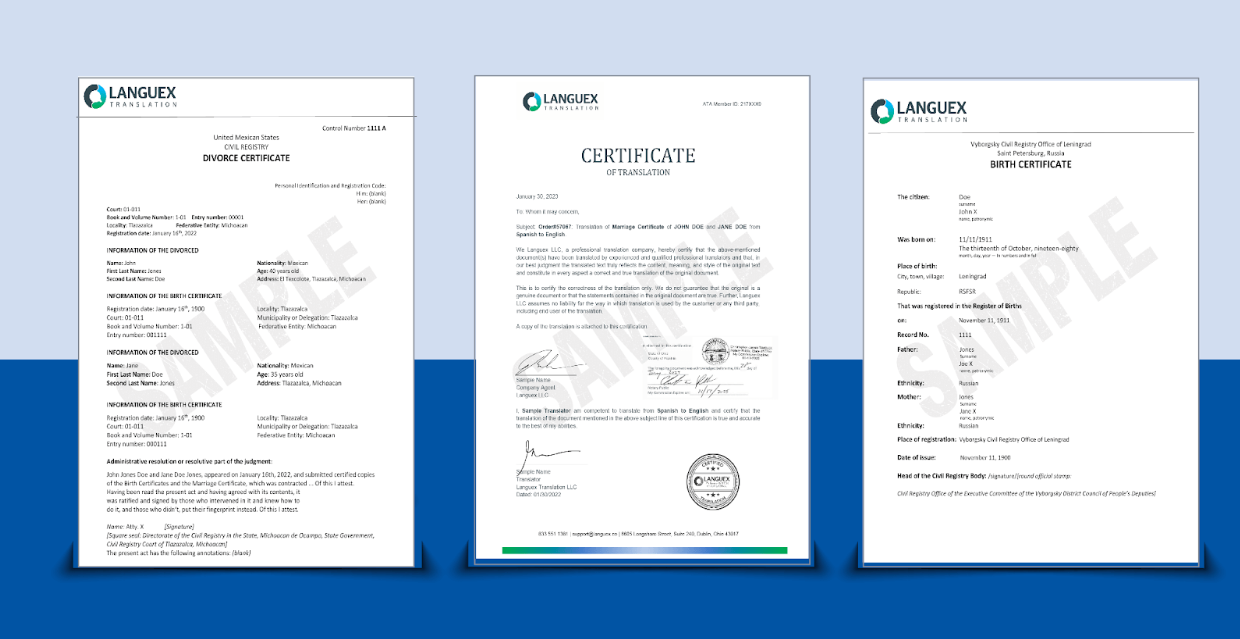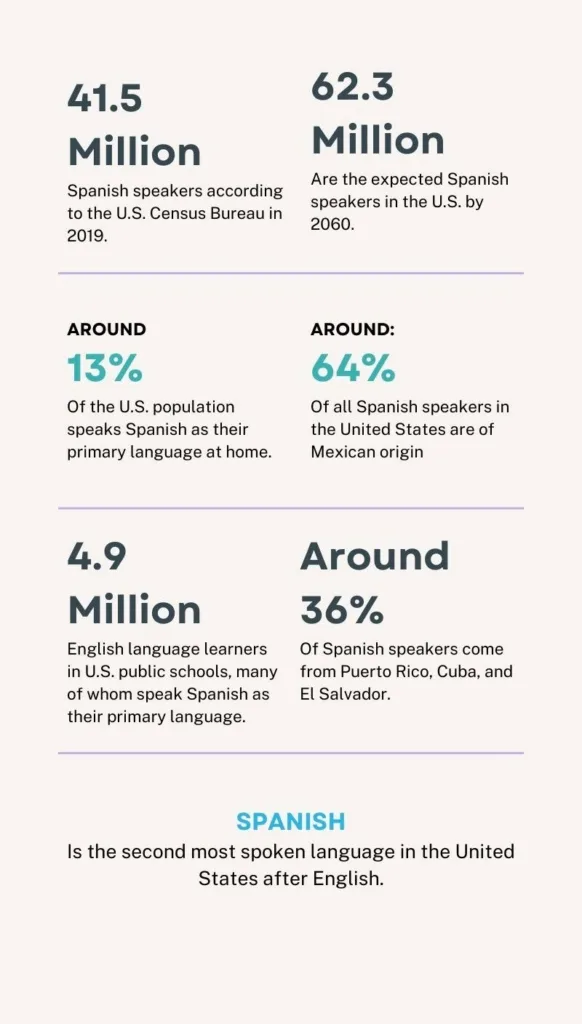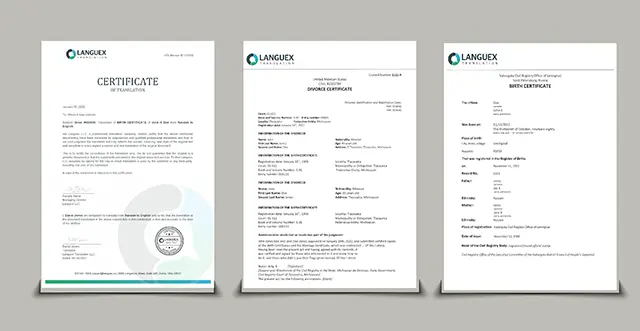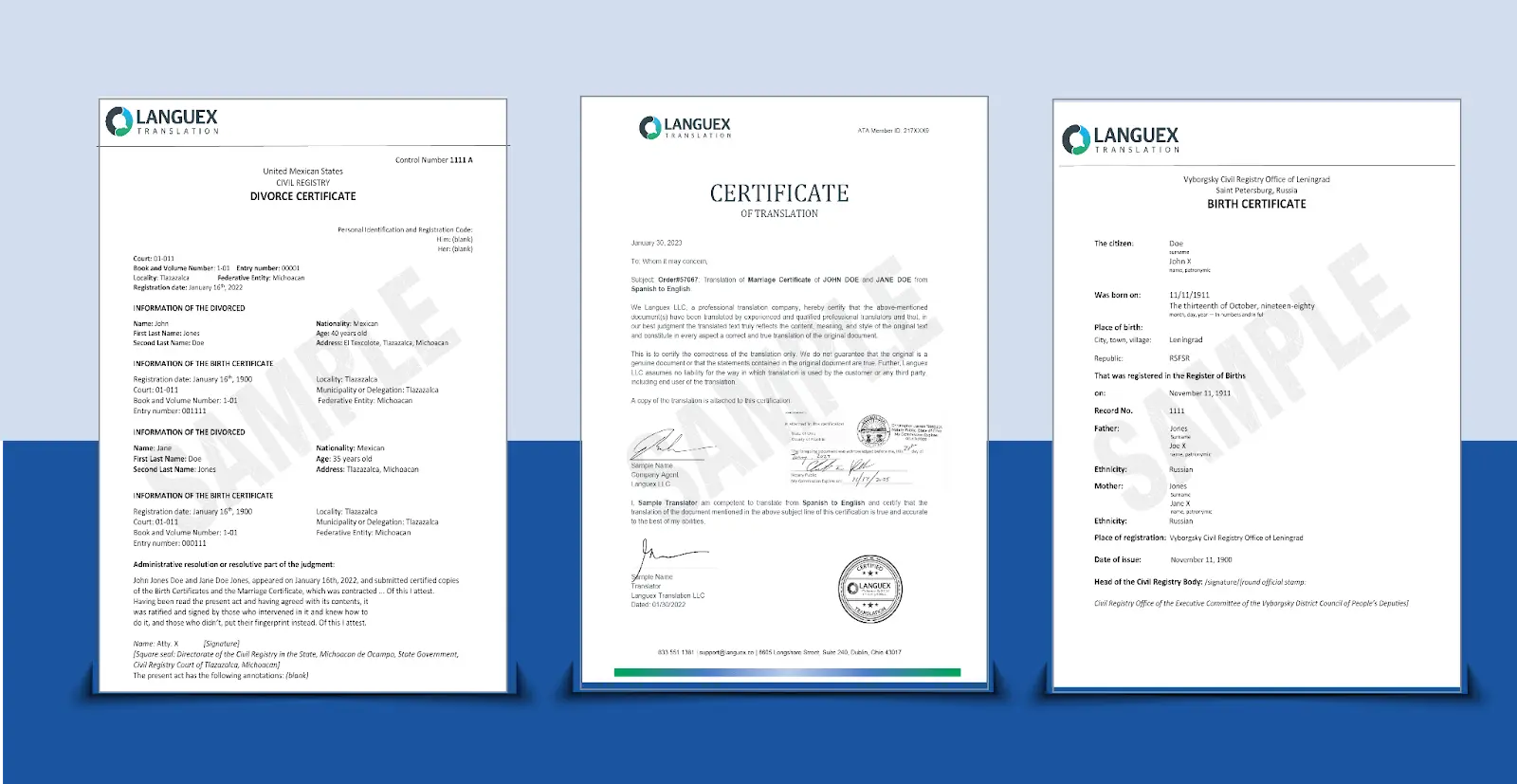As a professional translator and subject matter expert in Spanish translation services, I understand the crucial role accurate and reliable translations play in today’s global economy. With the growing number of Spanish speakers in the United States, the demand for high-quality translation services has never been higher. In this blog post, I will share my insights on the importance of professional translation services, the different types of Spanish translations, and how to choose the right translation company, such as Languex, for your needs.
Key Takeaways:
- Around 13% of the United States population speak Spanish as their first language.
- There are different types of Spanish translation services. Choosing a company that provides a wide range of translation services will offer better, more accurate deliverables.
- Many types of documents may require Spanish-to-English or English-to-Spanish translation at some point. Having an already translated document ready saves you time and money later.
- Languex offers a simple and fast process to translate documents from Spanish to English or vice versa.
Table of Content
- Statistics about Spanish speakers in the United States
- Benefits of Using a Professional Spanish Translation Service
- Types of Spanish Translations
- Common Documents that Require Spanish to English or English to Spanish Translation
- How to Choose a Spanish Translation Company
- Understanding the Cost of Translating from Spanish to English or English to Spanish
- Conclusion: Expert Advice for Success in Spanish Translation
Statistics About Spanish Speakers in the United States
Before diving into the intricacies of Spanish translation services, it’s essential to understand the growing significance of the Spanish-speaking population in the United States. Here are some key statistics. These statistics highlight the growing importance of Spanish translation services for businesses, educational institutions, and government agencies in the United States.
Benefits of Using a Professional Spanish Translation Service
When translating documents, it’s crucial to choose a professional Spanish translation service for the best results. Here are some of the advantages of working with a professional service:
Accuracy
Professional translators are trained and experienced in ensuring the accuracy and consistency of translated documents. Errors or mistranslations can lead to legal, financial, or reputational harm, so accuracy is paramount.
Cultural Understanding
Professional translators have an in-depth understanding of the cultural nuances and idiomatic expressions of both the source and target languages. This cultural sensitivity is essential for maintaining the original intent and tone of the translated documents and is what professional translation services call localization.
Expertise in Specific Subject Matter
Many professional translation services have translators with expertise in various fields, such as legal, medical, or technical translation. This specialized knowledge ensures that industry-specific terminology is translated accurately and appropriately.
In contrast, using free or automated translation tools can lead to inaccuracies, misunderstandings, and a lack of cultural sensitivity, negatively impacting your communication efforts.
Types of Spanish Translations
There are several types of Spanish translations, each with its specific requirements and use cases. Some common types include:
Certified Spanish Translation
Certified Spanish translation is often required for legal documents, immigration applications, or academic transcripts. A certified translation includes a signed statement from the translator or translation company attesting to the accuracy and completeness of the translation. Translators providing certified translations must meet specific qualifications and certifications.
Notarized Spanish Translation
Notarized translations involve a notary public who witnesses the signing of the translator’s declaration of accuracy. This type of translation is typically required for specific legal documents, such as affidavits or power of attorney forms. It’s important to note that notarization does not guarantee the quality of the translation but rather verifies the identity of the translator.
Spanish Medical Translation
Medical Spanish translation involves translating documents related to the healthcare industry, such as patient records, medical reports, clinical trial documents, and pharmaceutical information. These translations require specialized knowledge of medical terminology and an understanding of the specific regulations agoradesign.it in the target country.
Legal Spanish Translation
Legal Spanish translation focuses on translating documents pertaining to the legal field, including contracts, court transcripts, immigration forms, and legal agreements. Legal translators must have a strong understanding of the legal systems in both the source and target countries, as well as familiarity with specialized legal terminology.
Spanish Technical Translation
Technical Spanish translation deals with translating documents related to various technical fields, such as engineering, IT, electronics, and manufacturing. Technical translations require expertise in the specific subject matter, as well as knowledge of industry-specific terminology and jargon.
Spanish Localization
Spanish localization goes beyond simple translation, adapting content to fit the cultural, linguistic, and regional preferences of the target Spanish-speaking audience. This process may involve adjusting idiomatic expressions, currency, date formats, and even color schemes or imagery to ensure the content resonates with the target audience and is contextually appropriate.
Common Documents that Require Spanish to English or English to Spanish Translation
Numerous documents may require translation between Spanish and English, depending on the salgen.it context and needs of the individuals or organizations involved. Some examples include:
- Legal documents, such as contracts, court transcripts, and immigration forms
- Educational documents, such as academic transcripts and diplomas
- Business documents, such as financial reports, marketing materials, and website content
- Medical documents, such as patient records and medical reports
Accurate translation is essential for each document type, as errors or mistranslations can lead to legal, financial, or reputational harm.
How to Choose a Spanish Translation Company
Selecting the right Spanish translation company can be a challenging task. Here are some crucial factors to consider when making your decision:
- Experience and expertise in Spanish translation
- Certifications and qualifications of the translators
- Quality control processes and guarantees
- Confidentiality and data protection policies
- Customer service and responsiveness
It’s essential to research and evaluates different companies before making an informed decision. Read reviews, ask for recommendations, and request sample translations to ensure the translation company meets your specific requirements and expectations.
How to Order Spanish Translation Services
Ordering Spanish translation services is a straightforward process. Here’s a step-by-step guide to help you get started:
Clear communication and collaboration between the customer and the translation company are essential throughout the process.
Understanding the Cost of Translating from Spanish to English or English to Spanish
The cost of Spanish translation services can vary based on several factors, including:
- The complexity and subject matter of the document
- The required level of expertise and qualifications of the translator
- The turnaround time and the deadline for the project
- Additional services, such as certification, notarization, or localization
It’s essential to obtain a clear and detailed quote from the translation company, outlining the scope of work, timeline, and any additional fees that may apply. Remember, choosing the cheapest option may only sometimes yield the best results, as quality, accuracy, and reliability should be your top priorities.
Conclusion: Expert Advice for Success in Spanish Translation
The growing importance of Spanish translation services cannot be overstated. As a professional translator, my advice for ensuring successful communication in Spanish includes the following:
- Recognize the value of accurate, reliable, and culturally sensitive translations.
- Understand the different types of Spanish translations and their specific requirements.
- Research and select the right Spanish translation company, focusing on expertise, quality, and customer service.
- Be prepared to invest in professional Spanish translation services to ensure the best possible results.
By following these guidelines, you can effectively navigate the world of Spanish translation services and achieve success in your cross-cultural communication efforts.





